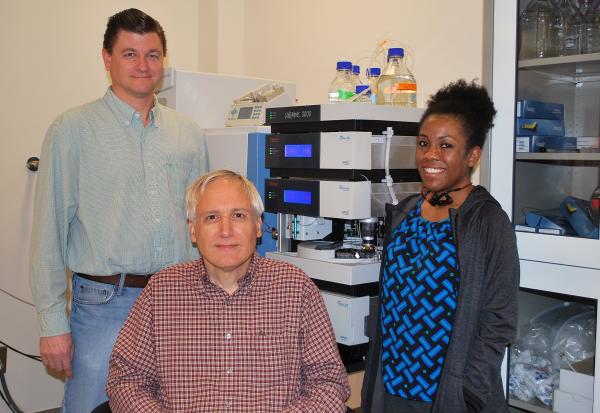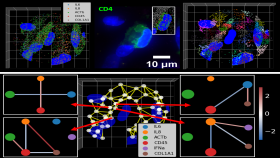ATLANTA – The Georgia Institute of Technology is one of eight research universities in the Georgia Research Alliance (GRA) that recently signed a Memorandum of Understanding for the shared use of core research facilities at each of their institutions. The agreement means identified core facilities and equipment will be available to scientists at all eight institutions at the same rates and terms offered to internal facility users.
The aim of the partnership agreement is to create a greater availability of research support services for faculty at all the Georgia research universities, to minimize duplication of resources, and to expand and maximize collaborative research opportunities.
“One of the key aims of the Georgia Research Alliance has always been to unite our research universities across the state in increasing biomedical innovation and economic development for the benefit of all Georgia citizens,” says GRA President C. Michael Cassidy. “Sharing these core research facilities, which often include expensive equipment and specially trained personnel, is an ideal opportunity to enhance team science while increasing research efficiency and saving time and money.”
In addition to Georgia Tech, the Georgia Research Alliance includes Augusta University, Clark Atlanta University, Emory University, Georgia State University, Mercer University, Morehouse School of Medicine, and the University of Georgia. Falling within that large umbrella are the 16 state-of-the-art core facilities administered through the Petit Institute for Bioengineering and Bioscience at Georgia Tech.
Steve Woodard, assistant director, core facilities, for the Petit Institute, says the agreement, "recognizes the need for collaboration and the exchange of both equipment and technical expertise between research universities in Georgia. From a Petit Institute perspective, it allows our cores to realize additional revenue while catalyzing collaborations between research groups across the state.”
Core research facilities at the eight institutions include imaging; immunotherapy and immune monitoring; chemical and biomolecular analysis; genomics, proteomics, lipodomics, glycomics and metabolomics; nuclear magnetic resonance; mass spectrometry; flow cytometry; transgenic mouse and animal models; electron microscopy; cancer tissue and pathology; cellular imaging; molecular modeling and drug design; confocal microscopy; DNA sequencing; neuroscience (behavioral studies); brain imaging; high containment lab; isotope studies; nanotechnology; biomarkers; flow cytometry; biostatistics; high performance computing; and clinical trials.
“Emory University and the University of Georgia have had a reciprocal agreement for core facilities for the past two years,” says Michael Zwick, assistant vice president for research in the Woodruff Health Sciences Center. "This partnership has worked so effectively, we decided to expand this strategy to include all the research universities across the state. We are very enthusiastic about the prospects for a highly successful partnership through our core facilities.”
Media Contact
Jerry Grillo
Communications Officer II
Parker H. Petit Institute for
Bioengineering and Bioscience
Keywords
Latest BME News
Commercialization program in Coulter BME announces project teams who will receive support to get their research to market.
Courses in the Wallace H. Coulter Department of Biomedical Engineering are being reformatted to incorporate AI and machine learning so students are prepared for a data-driven biotech sector.
Influenced by her mother's journey in engineering, Sriya Surapaneni hopes to inspire other young women in the field.
Coulter BME Professor Earns Tenure, Eyes Future of Innovation in Health and Medicine
The grant will fund the development of cutting-edge technology that could detect colorectal cancer through a simple breath test
The surgical support device landed Coulter BME its 4th consecutive win for the College of Engineering competition.
New research from Georgia Tech helps doctors predict how therapies will interact with a child's immune system, potentially improving outcomes and reducing risks.









